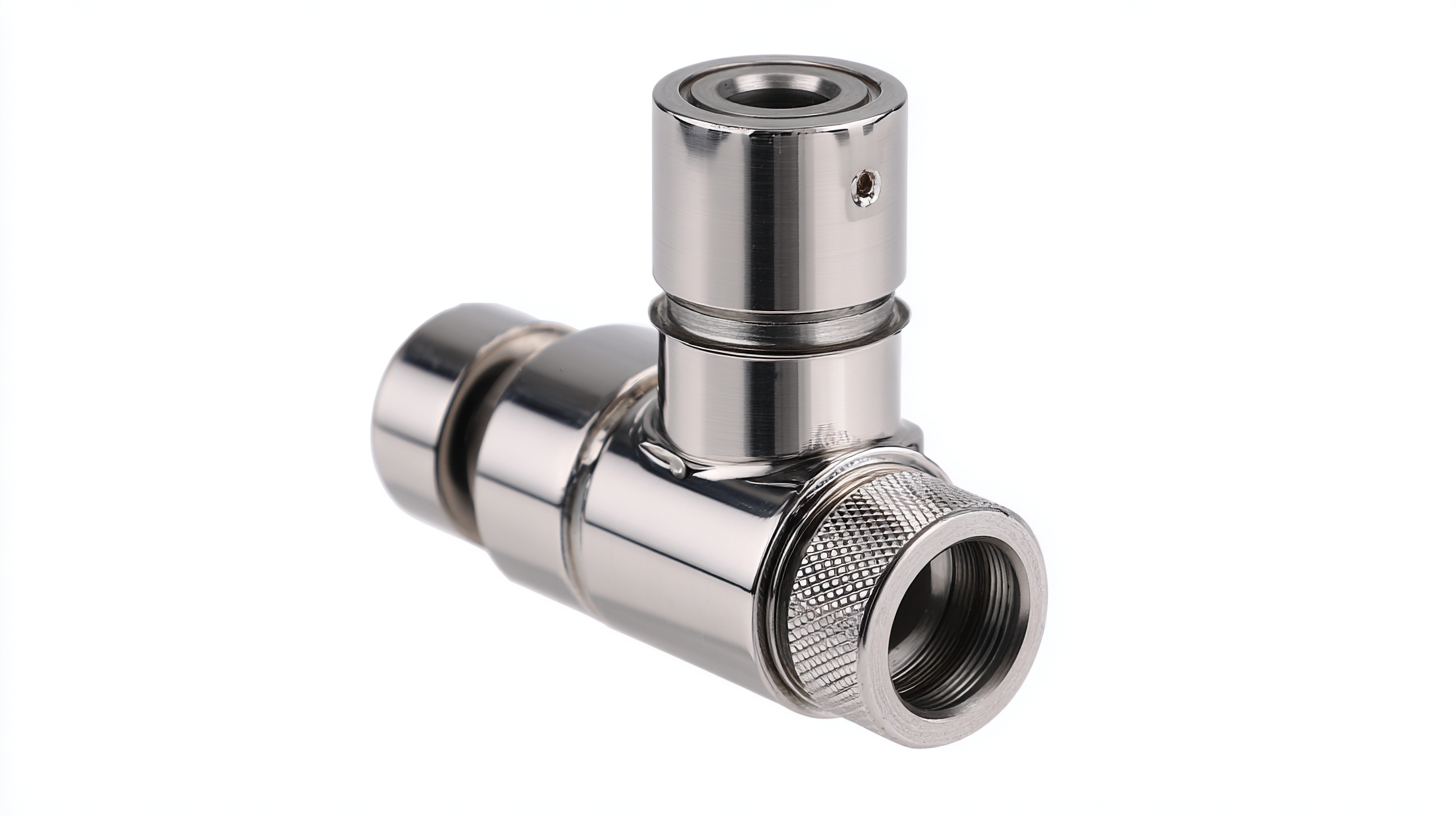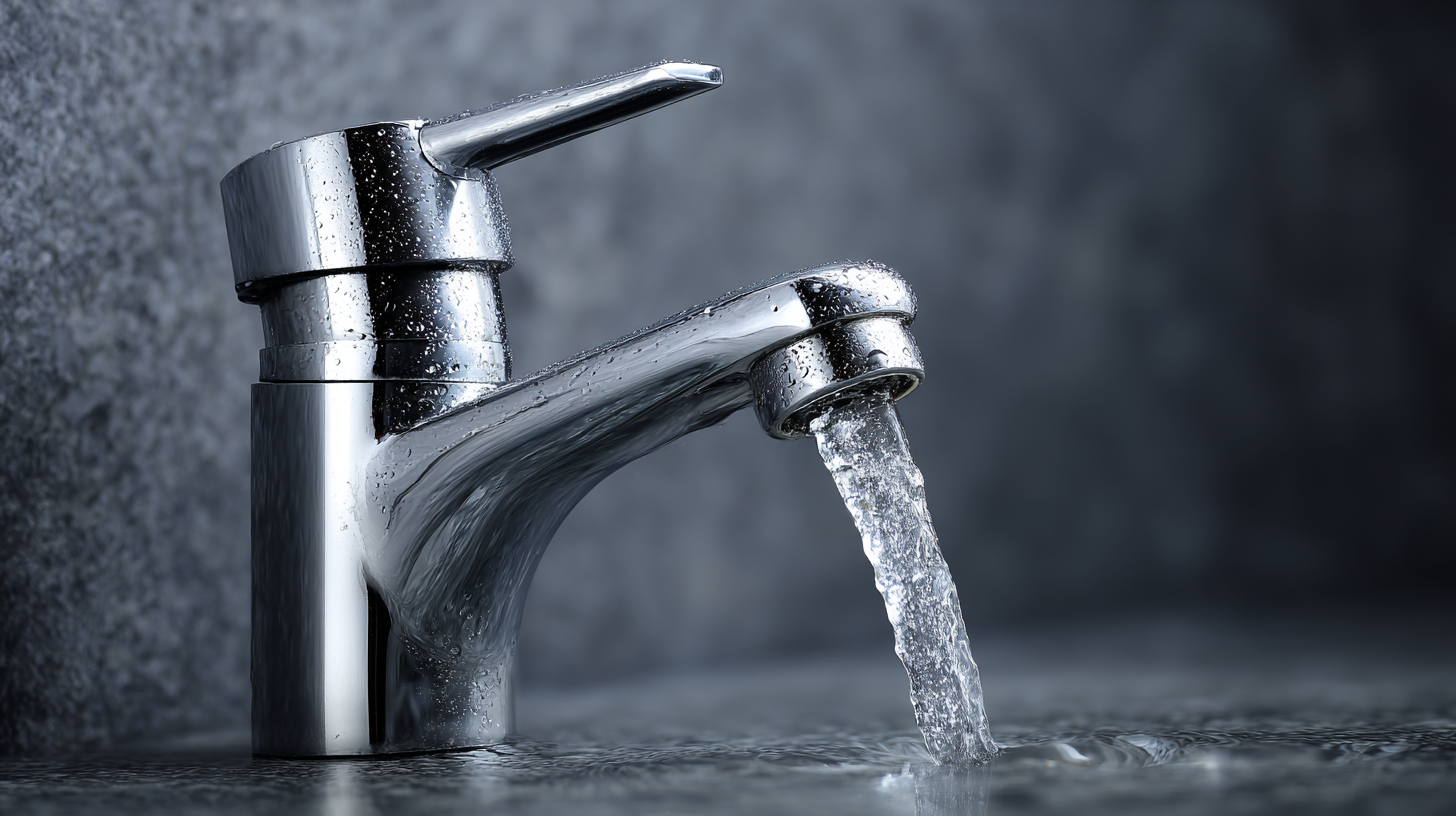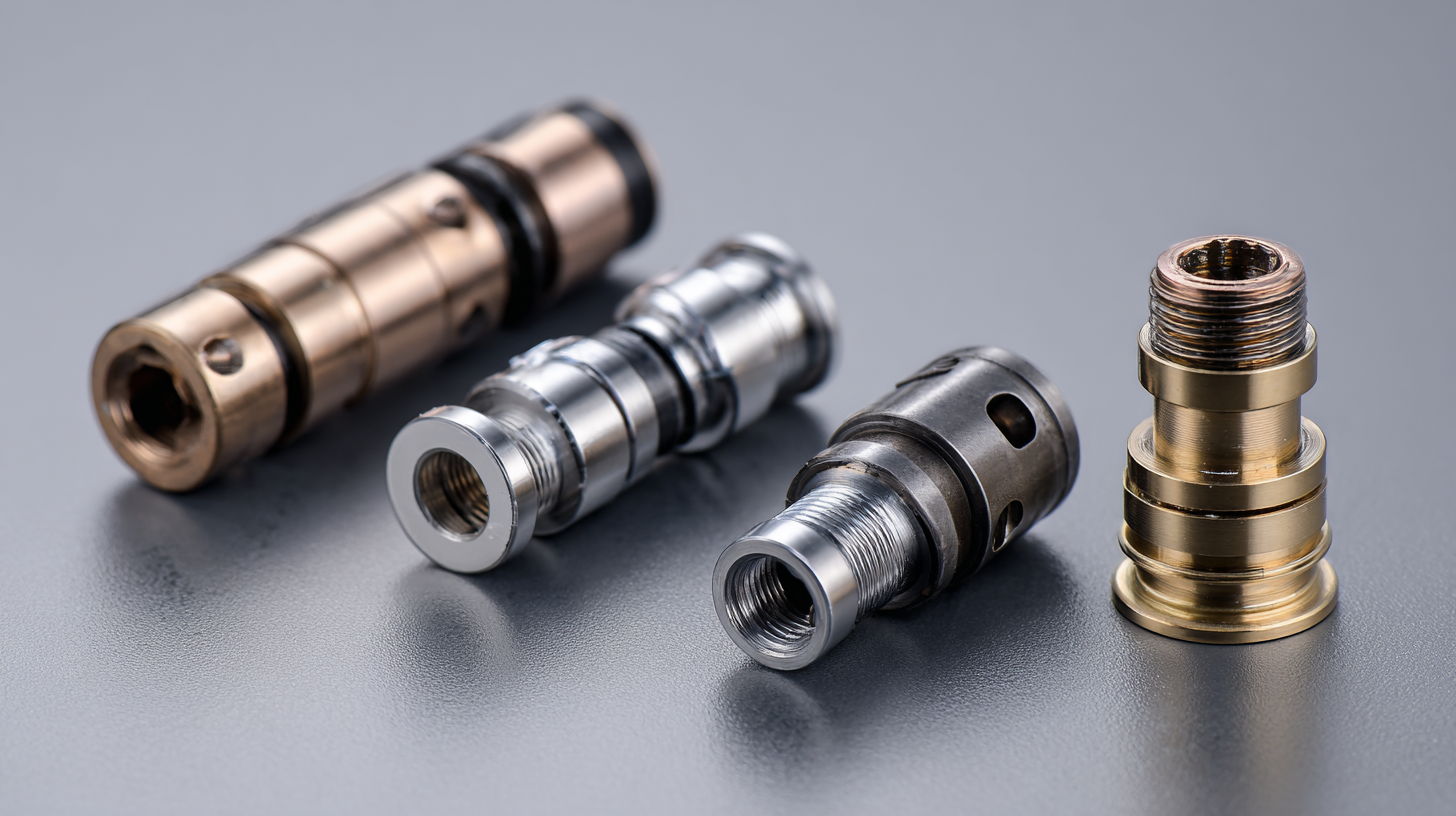In an era where efficient sourcing and quality control are paramount, selecting the right faucet cartridge has become increasingly critical for manufacturers and retailers alike. According to a report by Market Research Future, the global faucet market is projected to reach $42.2 billion by 2027, with faucet cartridges playing a pivotal role in ensuring product reliability and customer satisfaction. As the heart of a faucet, cartridges not only affect water flow and temperature control but also significantly impact the overall performance and longevity of the product. With the diverse range of materials and designs available in the market today, making an informed choice can be daunting. This blog will guide you through the essential factors to consider when choosing the best faucet cartridge to meet your global sourcing needs, ensuring that your products maintain the highest standards of quality and performance.

Selecting the right faucet cartridge is crucial for efficient plumbing solutions. To understand faucet cartridge basics, it’s essential to recognize the various types and their specific functions. The most common cartridge types include compression, cartridge, ball, and ceramic disk. Each type offers unique features tailored for different faucet designs. For instance, ceramic disc cartridges are known for their durability and resistance to wear and tear, making them a popular choice for high-end faucets. According to a recent industry report by the Plumbing Manufacturers International, over 60% of home repairs involve issues related to faucet cartridges, highlighting the importance of selecting the right type.
When choosing a cartridge, consider the compatibility with your faucet model. Most manufacturers provide detailed specifications, ensuring buyers can find the perfect fit. Tips include measuring the existing cartridge before making a purchase and checking for specific brand recommendations. A mismatch can lead to leaks or improper function, resulting in costly repairs. Additionally, opting for high-quality materials can enhance longevity; brass and stainless steel cartridges often perform better than plastic alternatives.
Keep an eye on the latest trends in faucet technology, like touchless and smart faucets, which often require specialized cartridges. While these innovations can elevate your kitchen or bathroom, they may come with unique cartridge demands that differ from standard models. Always verify the specifications and functionality to safeguard your investment. Choosing the right faucet cartridge not only improves efficiency but also contributes to a sustainable plumbing system, aligning with the growing industry emphasis on eco-friendly solutions.
When sourcing faucet cartridges, understanding quality standards is essential to ensure the longevity and performance of your products. First, it's crucial to familiarize yourself with industry certifications that indicate the reliability and safety of the cartridges. For instance, look for products that meet the standards set by organizations like the American Water Works Association (AWWA) or the International Organization for Standardization (ISO). These certifications often provide a benchmark for materials used, manufacturing processes, and overall durability, which can help you make informed choices.
Moreover, assess the materials used in the construction of the faucet cartridges. Durable materials like ceramic and high-grade plastics are often indicative of quality products that can withstand regular use and resist wear over time. Pay attention to any warranties provided by manufacturers, as they can serve as a testament to the confidence the producer has in their product's longevity. Understanding these quality standards not only aids in selecting the best faucet cartridges but also secures your investment by ensuring that you source products that will perform effectively for years to come.

When selecting a faucet cartridge, the material composition plays a crucial role in durability, performance, and maintenance. Ceramic cartridges are renowned for their long lifespan and resistance to corrosion. According to industry studies, ceramic cartridges can last up to 25 years under normal usage conditions, significantly reducing the frequency of replacements. This longevity helps to minimize waste and can lead to long-term cost savings for consumers and businesses alike.
On the other hand, plastic cartridges are often praised for their lightweight nature and lower production costs. These cartridges, however, typically wear out faster than their ceramic counterparts, with a lifespan of around 3-5 years. This raises questions about their sustainability, as they may need to be replaced more frequently, contributing to increased waste. Brass cartridges, a traditional choice in the industry, offer excellent durability and resistance to high water pressure. Reports indicate that brass cartridges can withstand extreme conditions but may come at a higher initial cost. The decision on which cartridge to choose ultimately depends on balancing upfront costs with long-term maintenance and sustainability considerations.
When selecting a faucet cartridge for your global sourcing needs, evaluating compatibility is crucial. Faucet cartridges come in various shapes, sizes, and mechanisms, influencing their compatibility with different faucet models. To ensure optimal performance, begin by identifying the specific type of faucet you have, as well as its brand and model number. Consult manufacturer specifications or seek guidance from reliable suppliers to determine which cartridges fit your faucet. This proactive approach helps avoid costly mistakes and ensures a seamless procurement process.
Installation is another critical factor to consider when choosing a faucet cartridge. A well-matched cartridge simplifies the installation process, often allowing for a DIY approach that saves time and labor costs. However, potential challenges may arise, such as differing plumbing systems or the need for specialized tools. Be sure to review installation guides or video tutorials for your specific cartridge type to familiarize yourself with the process. By taking into account both compatibility and installation factors, you can streamline your sourcing efforts and enhance the overall performance of your faucet system.

When sourcing faucet cartridges, cost-effective strategies can significantly impact your overall budget and supply chain efficiency. Begin by identifying potential suppliers from regions known for competitive pricing and quality production, such as Asia or Eastern Europe. By focusing on manufacturing hubs that specialize in plumbing fixtures, you can leverage bulk purchasing and negotiate better prices. Establishing relationships with multiple suppliers not only gives you negotiation power but also ensures that you have alternatives should any one source become unreliable.
Another strategy involves evaluating the total cost of ownership (TCO). This concept goes beyond the initial purchase price to consider the longevity and reliability of the faucet cartridges. Investing in higher-quality cartridges may reduce long-term maintenance costs and improve customer satisfaction. Additionally, conduct market research to stay informed about trends and innovations, which can help you make informed decisions about both cost and performance. By balancing immediate expenses against future savings, you can create a more sustainable sourcing strategy that benefits your business in the long run.
